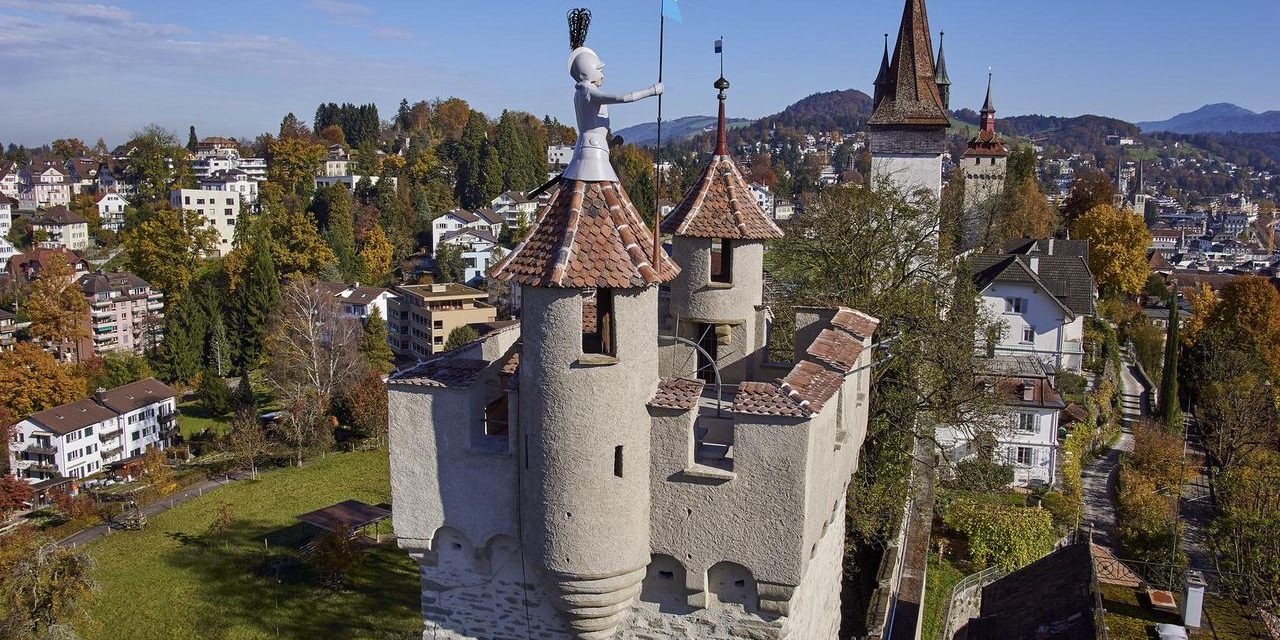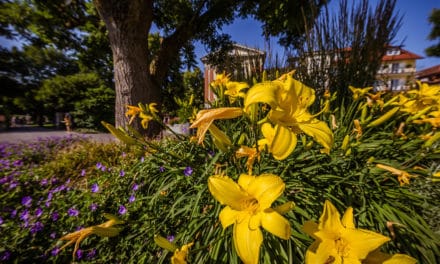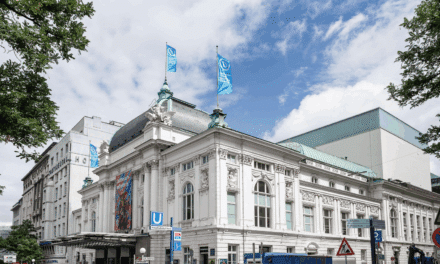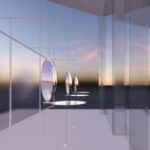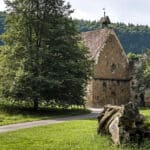The Museggmauer, once a symbol of power and authority, and its nine towers are part of Lucerne's historic city fortifications and form an impressive city crown.
If you want to explore nature in the middle of the city, you may realize that the Museggmauer not only makes a fascinating sight from afar, but is also a valuable habitat for a specialized and sometimes highly endangered animal and plant world when viewed up close. Rare breeding bird species such as the kestrel, goosander, alpine swift and swift live in the Museggmauer today. Bats, wall lizards, wild and honey bees, spiders and snails as well as a specialized flora also use the wall as a habitat.
Construction began in the 13th century, with two rings of fortifications being built: The inner ring consisted of the city wall along the Löwengraben and Hirschengraben, the Kapellbrücke and Spreuerbrücke. The second ring was built on the right-hand side of the Reuss on a rising sandstone rib.
As the city, founded in 1178, continued to expand and the narrow city fortifications were breached, the Museggmauer was built with additional towers. The 800-metre-long wall was built around 1400 after the Sempach War and is now considered one of the best preserved and longest defensive walls in Switzerland. Nine stone figures stand on the Musegg today and are illuminated at night.
The Nölli Tower was built in 1513, while the current road opening was created in 1901. The only round tower with a height of 28 meters is the home of the saffron guild, where the guild room and the archive are located.
The Männli Tower: The iron male figure "Männli" is the second tower in the ascending rocky ridge and is open to the public. It measures 33 meters from the ground to the pinnacle.
The Luegisland: Built in 1370, the tower lives up to its name and used to serve as an observation tower for the town. Its high pointed roof shows a wind twist from left to right. The tallest of the nine brothers
The hay tower or watchtower: it takes its name from the hay that was stored here. At that time, gunpowder was also stored behind its thick walls. A lightning strike in 1701 caused the powder to explode and blew up the tower. The chunks of stone flying over the town caused great damage and people were killed in the explosion. The rebuilt tower is 44 meters high.
The Zytturm: The 31-metre-high tower, which is now open to the public, was built in 1442 and is equipped with a clock. The clock face with the numbers is so large that the time could also be read by fishermen on the lake. The Leodegar bell announces the hour one minute before the other church bells.
At the 27.5 meter high Schirmerturm, the gate of the same name leads from the town out into the countryside. Cities were once a self-contained unit within their walls. This was also true of Lucerne. Anyone who passed through the Schirmertor gate was in the countryside. Apart from the widely scattered farmhouses, there were no buildings to be seen. The tower is open to the public.
The powder tower: The city state of Lucerne had stored its gunpowder in two towers as a precaution. If an accident occurred, as was the case with the Heuturm in 1701, half of the powder remained secured in the other tower. The powder tower is one of the oldest buildings on the Musegg and measures 27.5 meters. The Weyzunft guild repaired the inside of the powder tower with voluntary work and used it as a guild hall.
Today, the Allenwinden and lower Dächli towers no longer stand out in the maze of buildings on Musegg. The Tambourenverein Luzern and the Verein Luzerner Maskenfreunde are based in the Allenwindenturm.
The Dächliturm: The last of the nine towers is the smallest on the entire Musegg line. Its pyramid roof is striking and is probably older than most of the roofs of the other towers. The Swiss Association of Master Carpenters has had its guild hall in the tower since 1936.
April 1 to October 31, 2021
www.luzern.com

